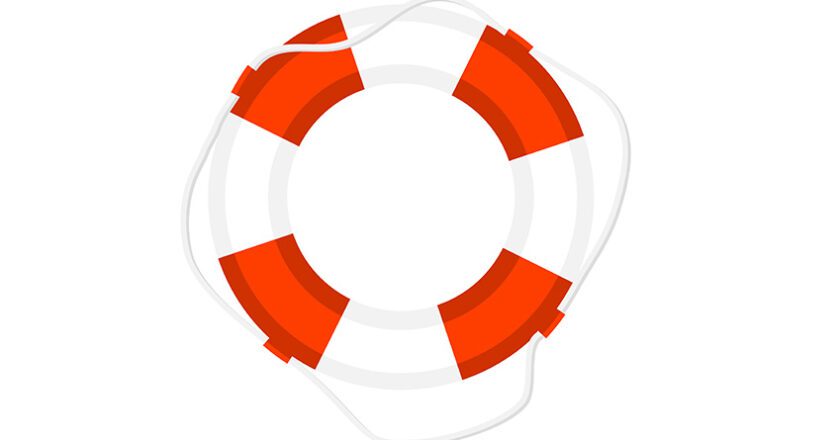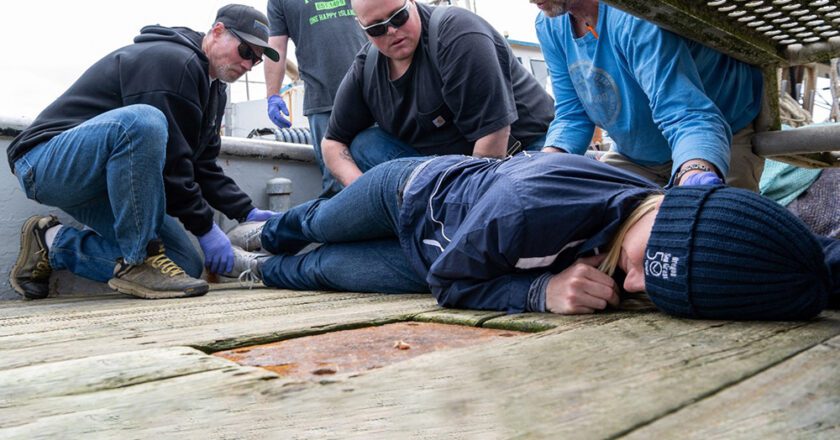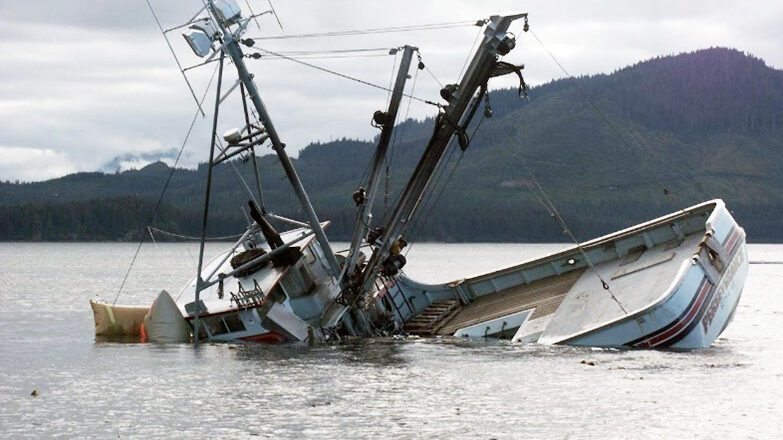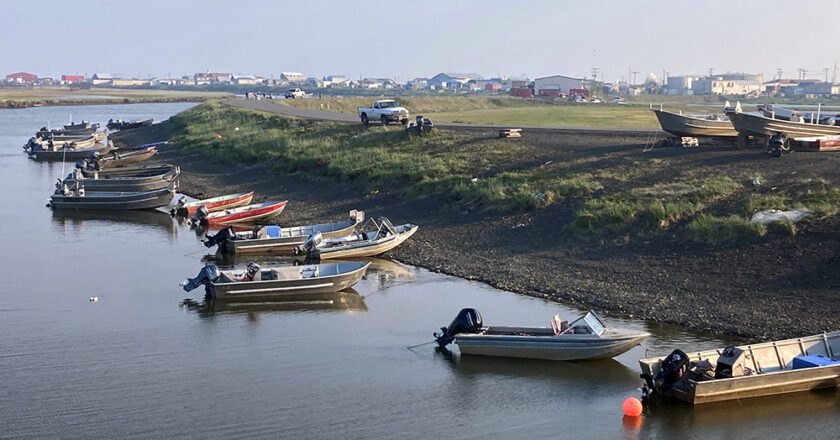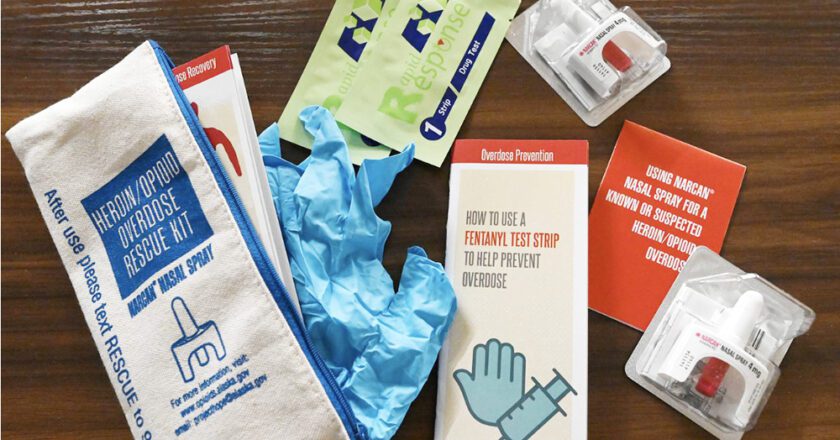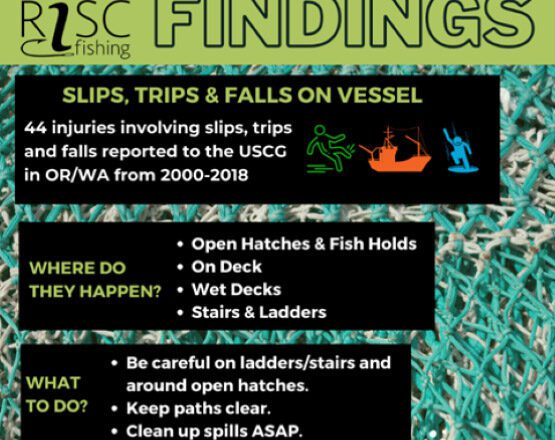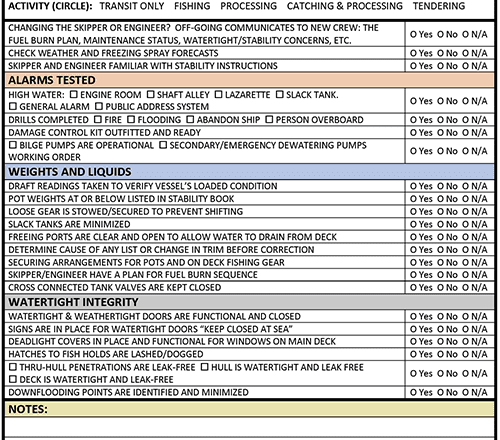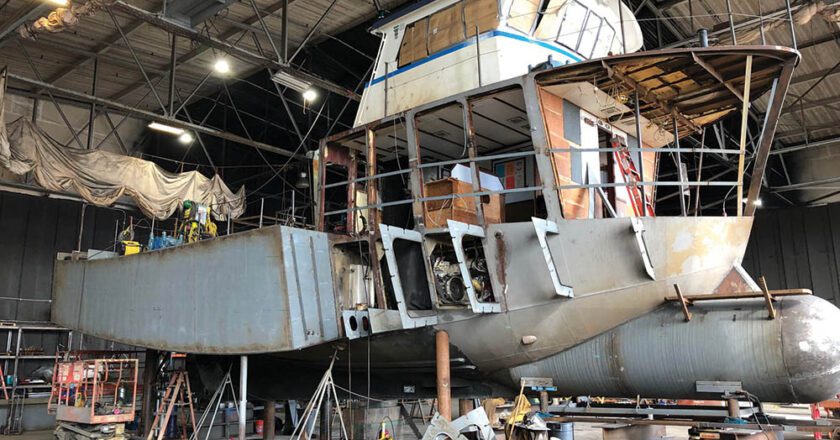A Gift Worth Giving
We are thick into the holiday and giving season. Time for family and friends and those New Year’s resolutions for improving ourselves.
This has been a good year for new marine products that improve safety. If you work on the water, there’s no better gift than one that can save a life. The following life-saving devices have drawn a lot of interest from the thousand mariners we have trained in the past year and would make great gifts for the mariner in your life.
EPIRB – ACR Global Fix V5
Emergency Position Indicating Radio Beacons (EPIRBs) and Personal Location Beacons (PLBs) head the wish list this year. Whether you’re in danger in the remote south Pacific Ocean or in your local home port, within minutes they can tell Search and Rescue (SAR) where you are.
EPIRBs have saved thousands...

